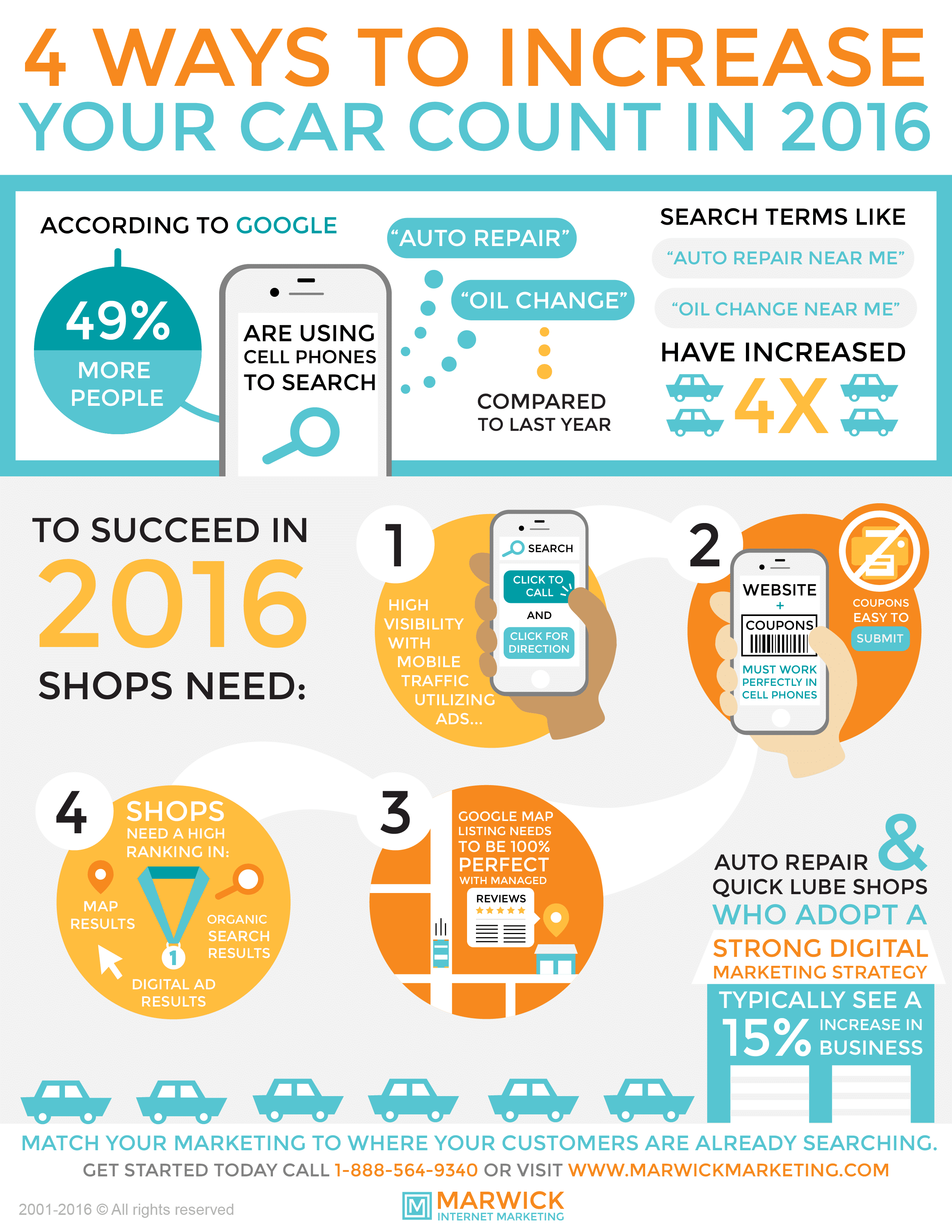Looking For Quality On The Warning Lights Showed On Your Cars And Truck'S Control Panel? Learn Exactly How They Associate With Your Car'S Health And Safety
Looking For Quality On The Warning Lights Showed On Your Cars And Truck'S Control Panel? Learn Exactly How They Associate With Your Car'S Health And Safety
Blog Article
Content Produce By-Lauritsen Gilbert
When you lag the wheel, those radiant warning lights on your control panel can be a little bit puzzling. Do you understand what they're attempting to inform you about your cars and truck's health? Understanding the significance of these lights is essential for your safety and security and the longevity of your lorry. So, the following time one of those lights appears, wouldn't you want to decode its message precisely and take the required steps to address it?
Common Warning Lights and Interpretations
Identify typical caution lights in your vehicle and understand their definitions to guarantee safe driving.
The most common caution lights consist of the check engine light, which signals problems with the engine or exhausts system. If this light comes on, it's important to have your car checked promptly.
The oil pressure advising light suggests low oil stress, needing prompt focus to stop engine damages.
A flashing battery light could recommend a faulty charging system, possibly leaving you stranded otherwise resolved.
The tire pressure tracking system (TPMS) light alerts you to low tire pressure, affecting lorry stability and fuel performance. Neglecting this might cause unsafe driving problems.
The abdominal light shows an issue with the anti-lock braking system, compromising your capacity to stop promptly in emergency situations.
Lastly, the coolant temperature level advising light warns of engine overheating, which can cause serious damages otherwise settled swiftly.
Recognizing these typical warning lights will assist you deal with concerns quickly and preserve safe driving problems.
Significance of Prompt Interest
Comprehending the usual caution lights in your automobile is just the initial step; the relevance of immediately dealing with these warnings can't be highlighted sufficient to guarantee your safety and security when traveling.
When a warning light illuminates on your control panel, it's your vehicle's way of connecting a possible problem that needs attention. Disregarding these warnings can lead to a lot more serious problems later on, compromising your security and possibly costing you extra out of commission.
Recommended Web site to alerting lights can protect against malfunctions and accidents. For visit the following website page , a blinking check engine light could show a misfire that, if left ignored, might trigger damages to the catalytic converter. Resolving this promptly can save you from a costly repair work.
In https://coloradosun.com/2022/05/20/single-mom-car-repair-nonprofit-expansion/ , a brake system advising light could indicate low brake fluid or used brake pads, important elements for your safety when driving.
Do It Yourself Troubleshooting Tips
If you observe a warning light on your control panel, there are a couple of do it yourself fixing ideas you can try before looking for expert help.
The first step is to consult your cars and truck's guidebook to comprehend what the particular warning light indicates. Sometimes the concern can be as basic as a loose gas cap setting off the check engine light. Tightening up the gas cap may settle the problem.
Another usual concern is a low battery, which can set off different cautioning lights. Checking the battery links for deterioration and ensuring they're safe and secure could take care of the problem.
If a warning light persists, you can attempt resetting it by disconnecting the cars and truck's battery for a few minutes and afterwards reconnecting it. Additionally, checking your car's liquid degrees, such as oil, coolant, and brake fluid, can assist repair alerting lights connected to these systems.
mobile car detailing auckland , understanding your car's caution lights is essential for keeping your car running smoothly and securely. By immediately resolving these signals and recognizing what they indicate, you can prevent pricey repair work and possible malfunctions.
Keep in mind to consult your car's handbook for certain information on each warning light and do something about it as necessary to ensure a hassle-free driving experience.
Stay educated, remain secure on the road!
